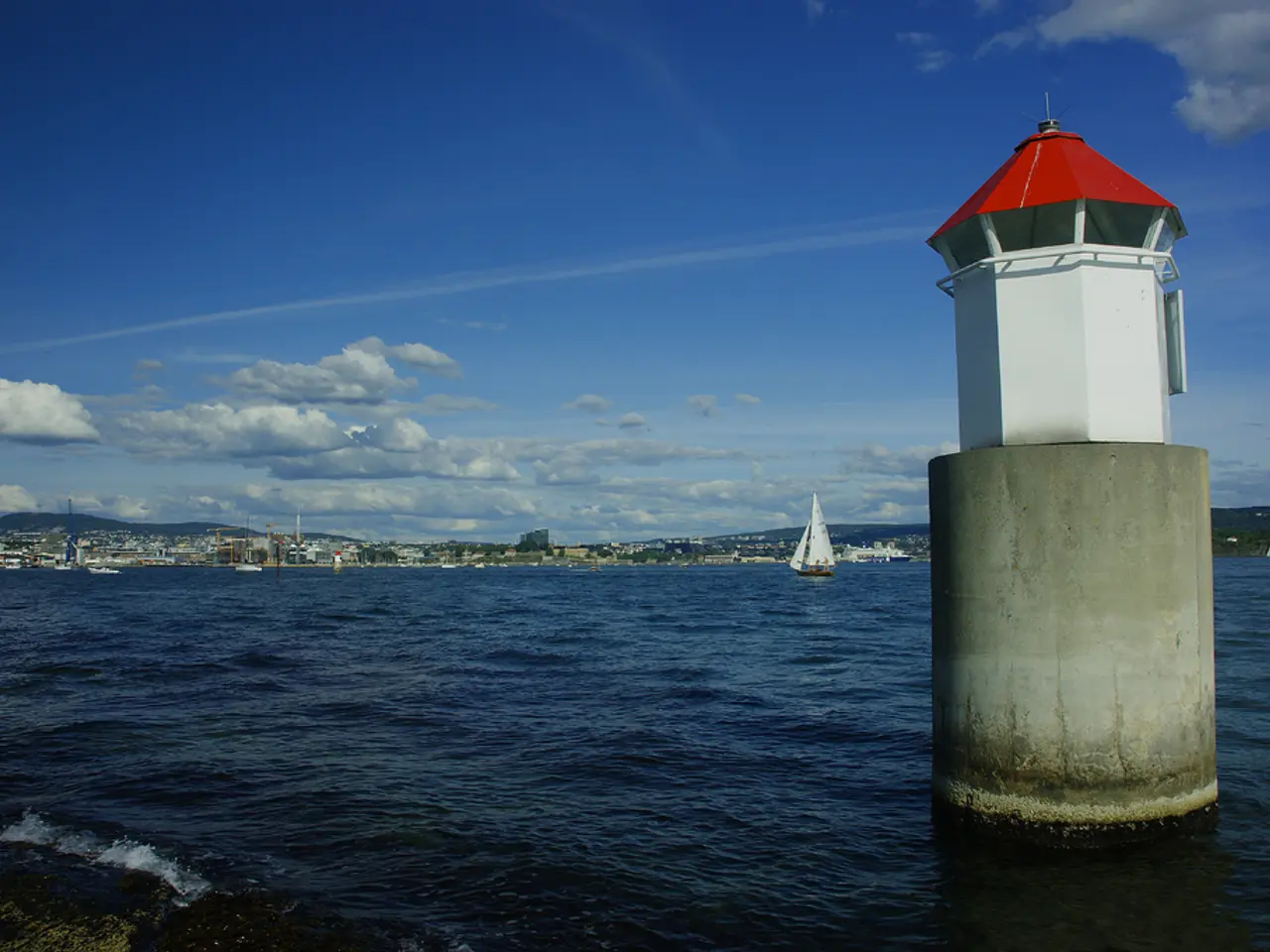Celebrating Maritime Navigational Beacons: National Lighthouse Day Highlights Significant Landmarks Along America's Coasts
Celebrating National Lighthouse Day: A Tribute to America's Navigational Landmarks
National Lighthouse Day, observed annually on August 7, honours the historical and cultural significance of lighthouses in the United States. This day marks the passage of the Act for the Establishment and Support of Lighthouses, Beacons, Buoys, and Public Piers by the U.S. Congress on August 7, 1789, which established a federal lighthouse system and set the stage for national efforts to provide navigational aids along the coastlines [1][2][3].
The holiday was officially designated in 1989, on the bicentennial of the 1789 Lighthouse Act, through a joint resolution by the U.S. Senate and House of Representatives [1][2][3]. The day serves to:
- Recognise the historical role of lighthouses as critical aids for maritime navigation and safety before modern technologies like GPS [2][3].
- Honour lighthouse keepers, who maintained the lights through challenging conditions, playing a vital part in protecting lives and ships [2][3].
- Promote preservation and restoration efforts of these coastal architectural landmarks as symbols of safety, resilience, and cultural heritage [2][3].
- Encourage public engagement and education through tours, museum events, volunteer restoration projects, lectures, and maritime festivals [2][3][5].
The day highlights the importance of maintaining and preserving over 1,000 lighthouses across the U.S., many of which remain iconic historical sites attracting tourists and history enthusiasts [2][3]. Preservation organizations, such as the U.S. Lighthouse Society, continue advocacy and restoration to ensure these beacons endure for future generations [3].
Michigan, with the most lighthouses of any U.S. state, celebrates the day with various activities emphasising state lighthouse heritage [4]. Local events often include lighthouse open houses with educational programs and community celebrations [5].
Some lighthouses, like Chicago Harbor Light, have their own unique stories. Originally built in 1893 for the World's Columbian Exposition, Chicago Harbor Light remains an iconic feature near Navy Pier [6]. It was moved to its current spot in 1917 during breakwater construction [7].
The need for permanent aids to navigation became urgent as the nation's commerce expanded. Lighthouses served as navigational tools for centuries, marking harbour entrances and warning ships of coastal hazards. Some of the earliest lighthouses, such as Boston Light, first lit in 1716 and rebuilt in 1783, remain operational today under Coast Guard supervision with a resident keeper [1].
In the Great Lakes region, Indigenous communities used natural landmarks for orientation before modern navigation existed. The advent of lighthouses marked a significant shift in maritime navigation, ensuring safer journeys for sailors and ships [8].
Other notable lighthouses include Alcatraz Island Light, first lit in 1854 and the earliest lighthouse on the West Coast, and Ponce de Leon Inlet Light, completed in 1887 and the tallest lighthouse in Florida [1]. Point Arena Lighthouse, among the first in the nation to use reinforced concrete for seismic durability, was built in 1908 and replaced an earlier tower destroyed in the 1906 San Francisco earthquake [1].
In conclusion, National Lighthouse Day is a significant observance that remembers America's maritime history, the vital safety role of lighthouses and keepers, and fosters ongoing efforts to preserve these coastal landmarks as enduring symbols of guidance and heritage.
A celebrity chef might incorporate a historical dish into their lifestyle, perhaps using recipes from ancient mariners who were guided by lighthouses during their voyages.
Outdoor-living enthusiasts seeking a unique travel destination could plan a visit to a home-and-garden show featuring historic lighthouses, learning about their role in the evolution of modern navigation.
In the spirit of preserving our cultural heritage, one might consider planting a lighthouse-themed garden at home, incorporating symbolic flora that thrive in coastal environments as a constant reminder of the importance of maintaining our navigational landmarks.





